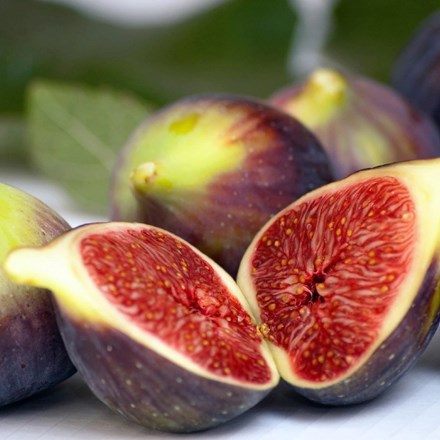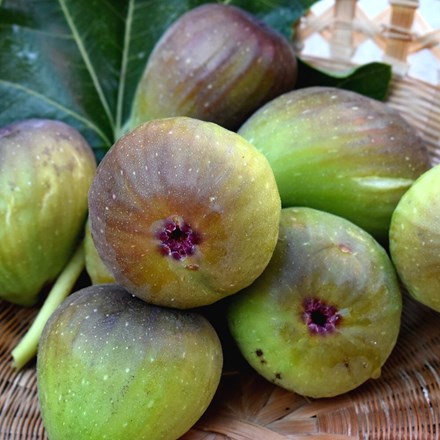Shop
- New In
-
Plants & Trees
Outdoor Plants
Ornamental Trees
Indoor Plants
Plant Offers (selected lines)
Inspiration & Advice
-
Garden Decor
Water Features
Planters
-
Garden Shade
Sail Shades
-
Outdoor Living
Garden Furniture
- Arbours
- Bench Dining Sets
- Bistro Sets
- Companion Seats
- Garden Day Beds
- Dining Table Sets
- Fire Pit Dining Sets
- Garden Benches
- Garden Chairs
- Garden Sofa Sets
- Garden Sofas
- Garden Tables
- Hammocks
- Metal Furniture
- Picnic Tables
- Plastic Furniture
- Rattan Furniture
- Sun Loungers
- Swing Seats
- Tree Seats
- Wooden Furniture
- New In
- All Garden Furniture
Outdoor Accessories
-
Landscaping & Structures
Fencing
Garden Trellis & Screening
Garden Buildings
Lawn Edging
-
Tools & Equipment
Garden Tools & Equipment
Wildlife Care
Plant Supports & Obelisks
Grow Your Own
-
Offers
Product Offers (Selected Lines)



